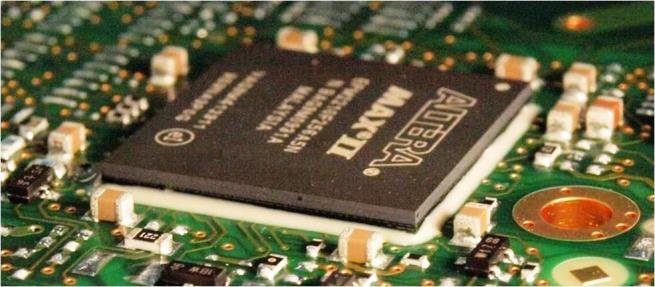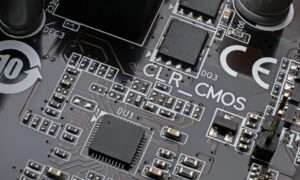In today’s technology-driven world, products are becoming increasingly sophisticated. As a result, manufacturers must keep up with the latest advancements in order to stay competitive. As such, new technologies like COB encapsulation have become increasingly popular in recent years. COB encapsulation is a process that helps protect and preserve electronic components from moisture and other environmental elements.
Efficiency
It can also help increase the efficiency of electronics by reducing their size while still providing adequate protection. In this blog post, we will explore the basics of COB encapsulation and how it can be used in various applications.
Explanation
When it comes to printed circuit boards, one of the most important aspects is COB encapsulation. This process involves coating the printed circuit board with an epoxy resin, which provides a layer of protection against environmental factors like dust and moisture. Not only does this protect the board from any physical damage, but it also helps to reduce or eliminate electrical interference as well as thermal issues. In this blog post, we’ll take a closer look at COB encapsulation and how it can benefit PCBs in various applications.
Uses Of COB Encapsulation
The process of encapsulation is often used to protect sensitive components from the environment, such as moisture or dust particles. The most commonly used type of encapsulation is COB (Chip On Board), which involves the placement of chips directly onto a substrate material and then covered with a protective material. In this article, we will explore how COB encapsulation works and why it’s beneficial for certain applications. We’ll also look at some of the drawbacks of using this method compared to other types of encapsulations. Read on to learn more about COB Encapsulation!
Innovative Technology
COB encapsulation is an innovative technology that can be used in a variety of applications. It offers a number of advantages over traditional methods, including improved reliability, higher accuracy, and smaller size. In this blog post, we’ll explore the basics of COB encapsulation and how it’s used in today’s manufacturing processes. We’ll also look at some of the benefits that make it an attractive option for businesses looking to streamline their production lines and reduce costs. Read on to learn more about this exciting new technology!
Advantages
The advantages of using COB encapsulation are numerous. By eliminating the need for separate components, it can help reduce the size of printed circuit boards. It also improves reliability by providing better protection against environmental elements and reducing interference. Additionally, COB encapsulation can be used to improve accuracy, since all the components are held in place securely without the risk of movement or vibration. Finally, it can save time and money by allowing companies to assemble PCBs quickly and efficiently. They are different advantages like another things.
Conclusion
In the world of electronics, COB encapsulation is becoming increasingly popular. This special technique involves coating or covering integrated circuit (IC) components with a protective material, such as epoxy resin. This process helps to protect the IC components from external factors like dust, moisture and temperature – while also providing additional structural support. In this blog post, we’ll explore the fundamentals of DeepMaterial COB encapsulation, including its advantages and disadvantages. We’ll also look at some of the real-world applications of this technology and how it can be used in various industries. It last the conclusion is end.



































